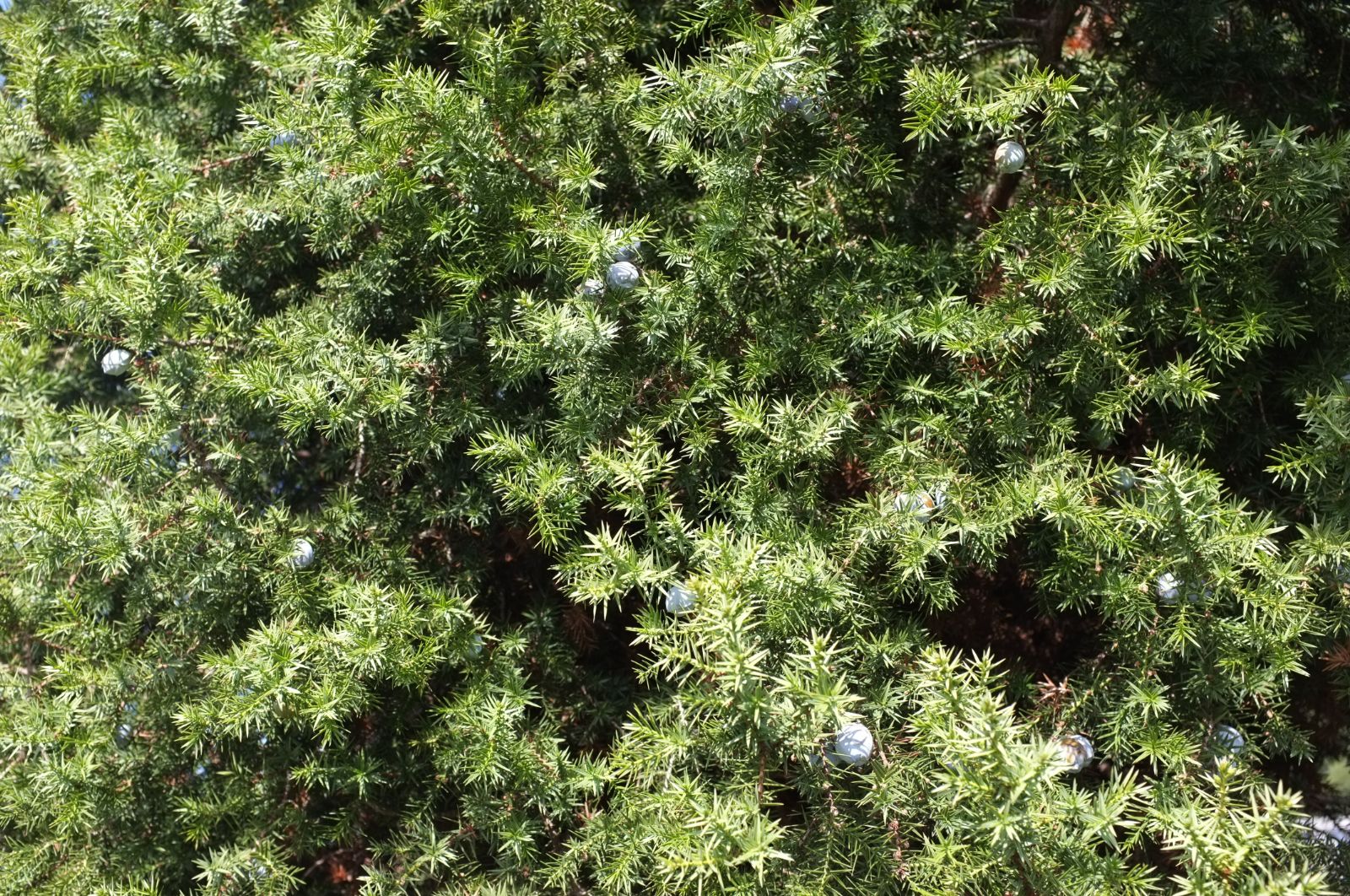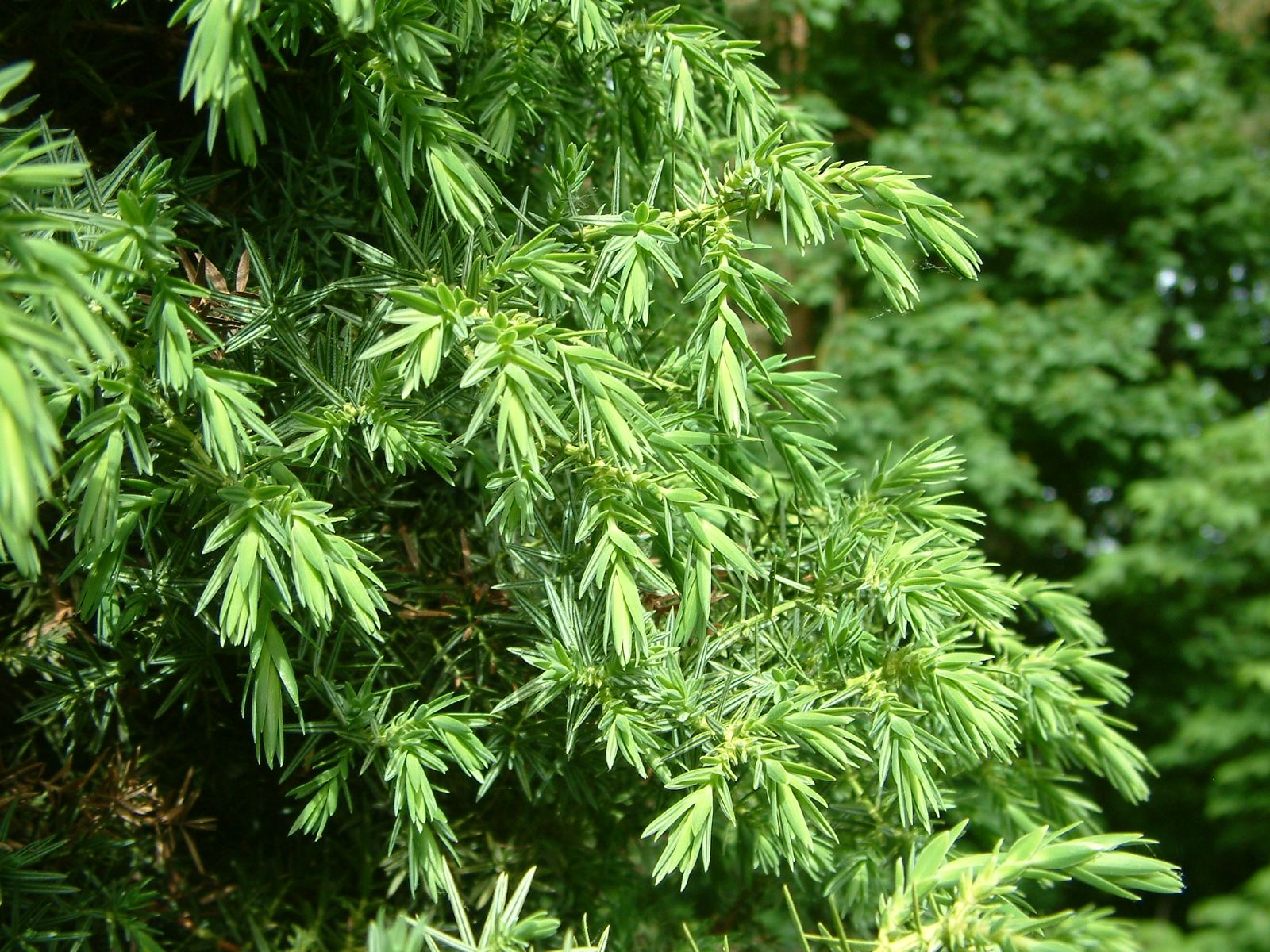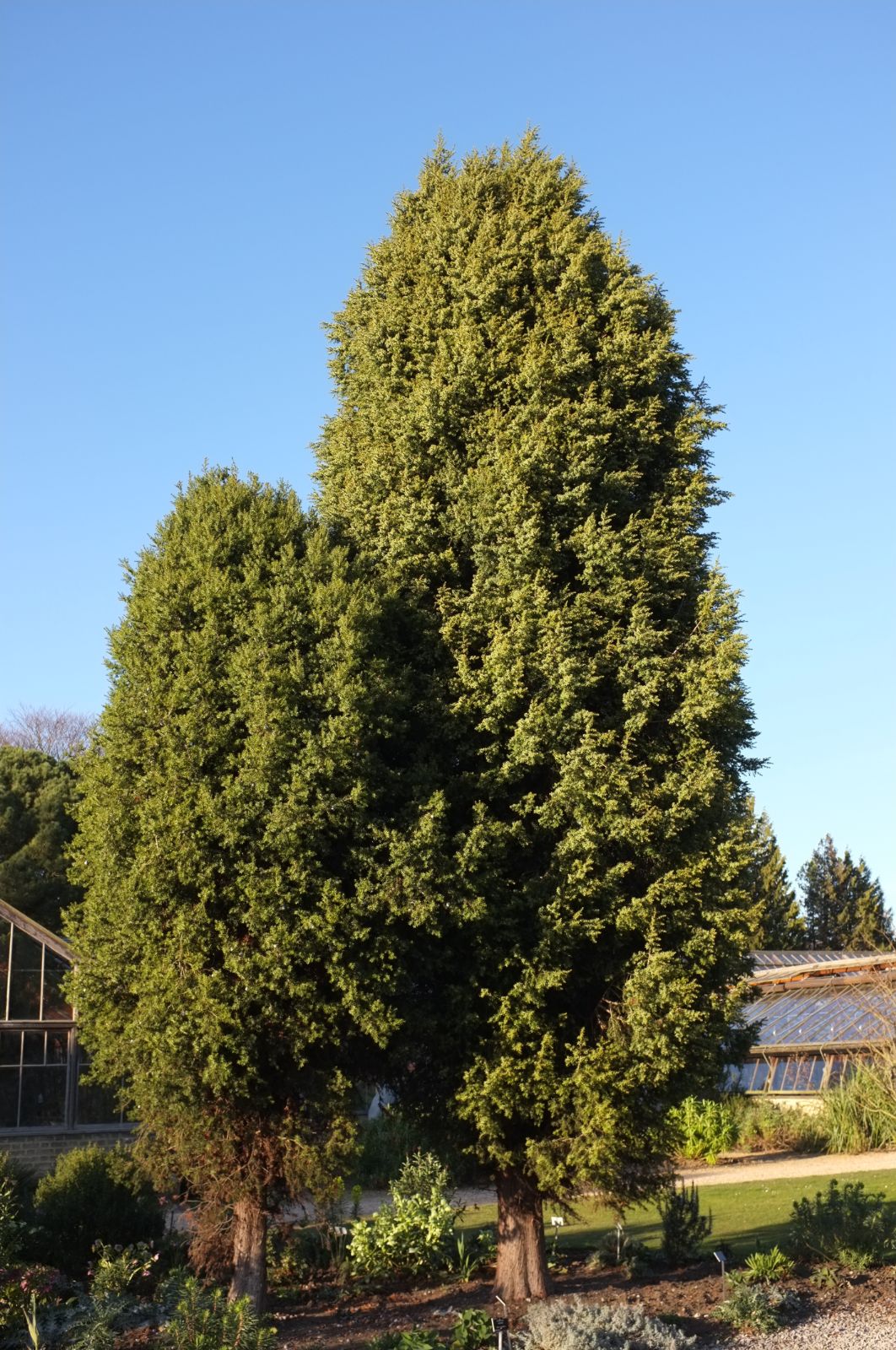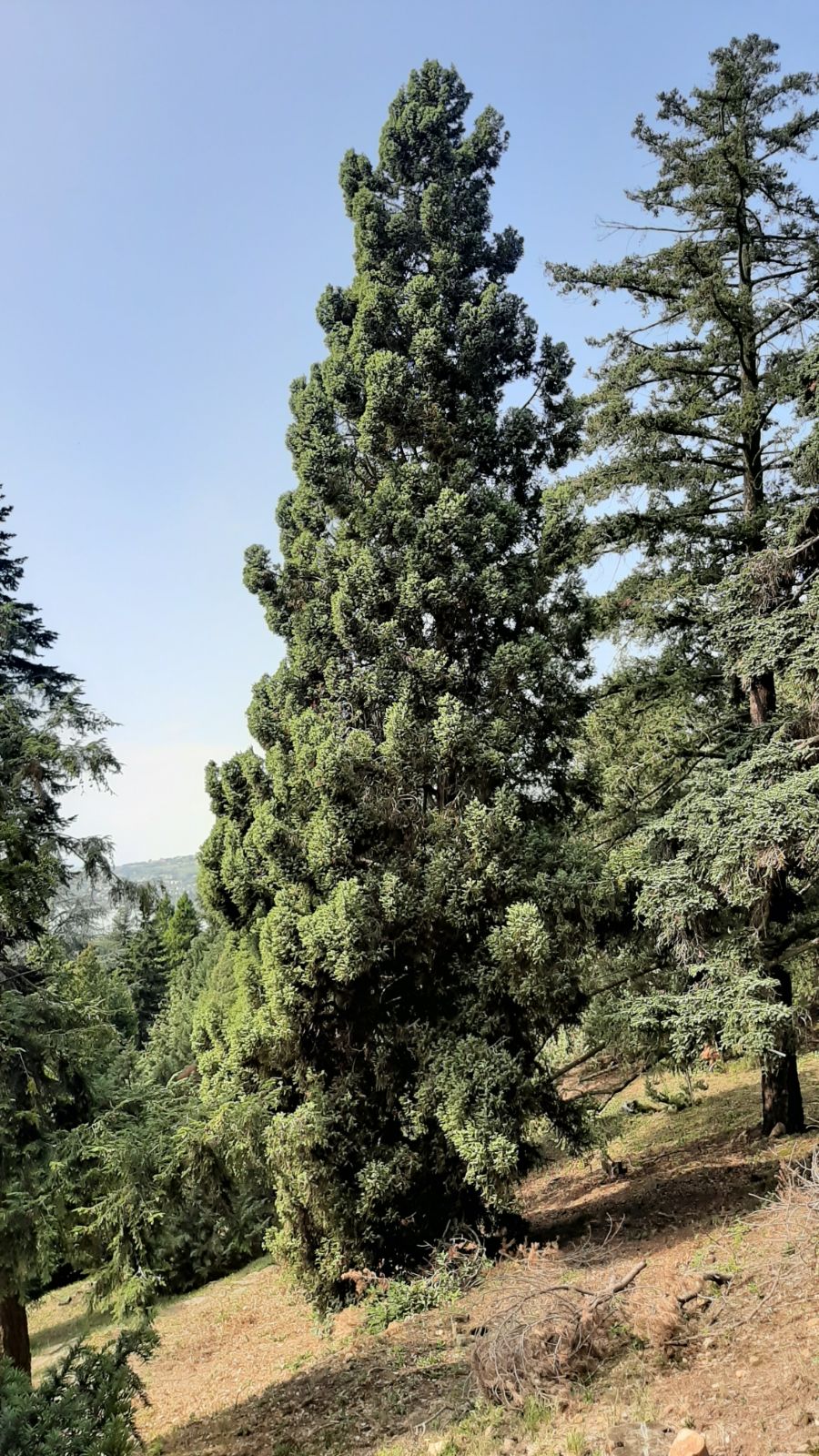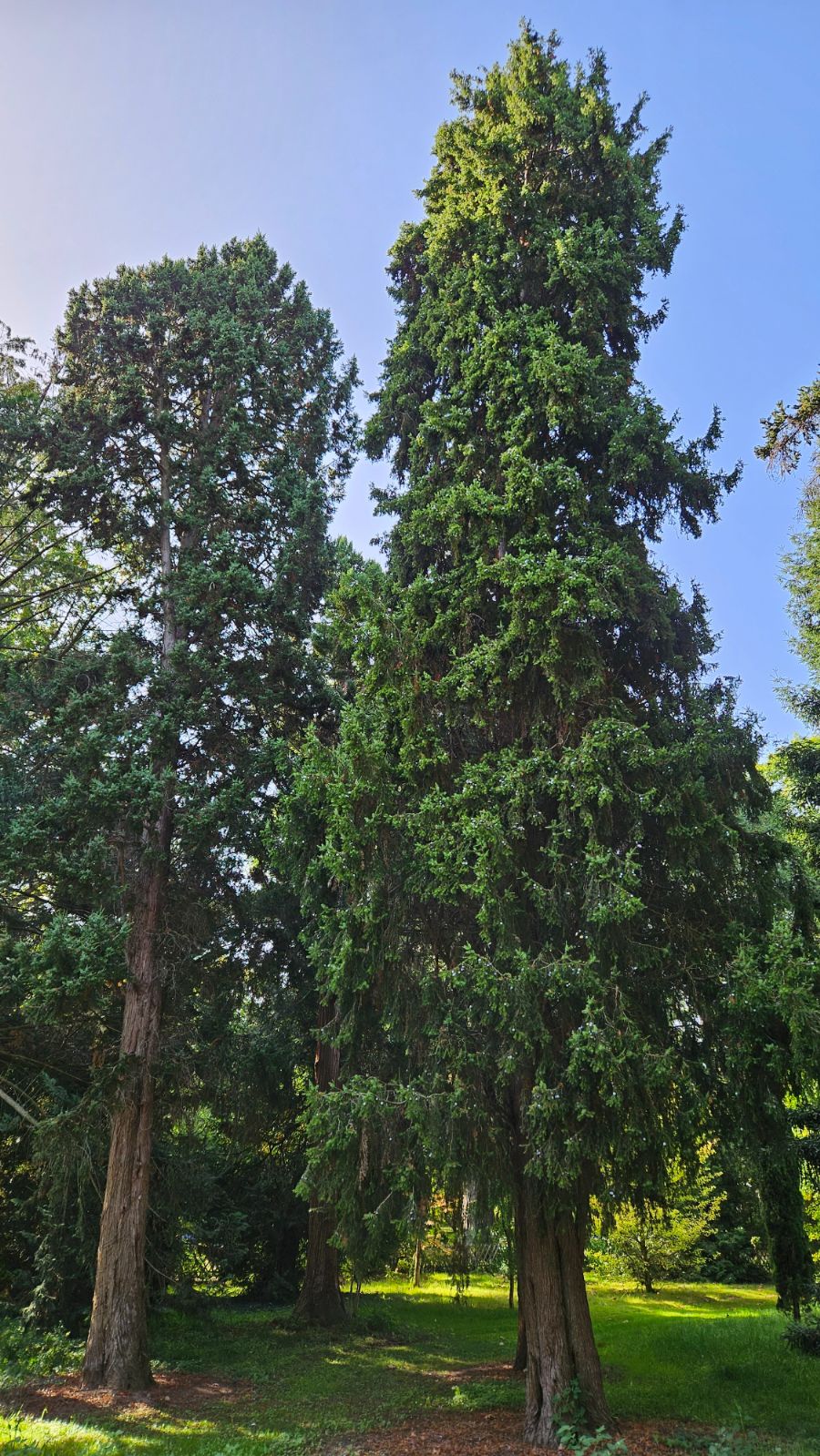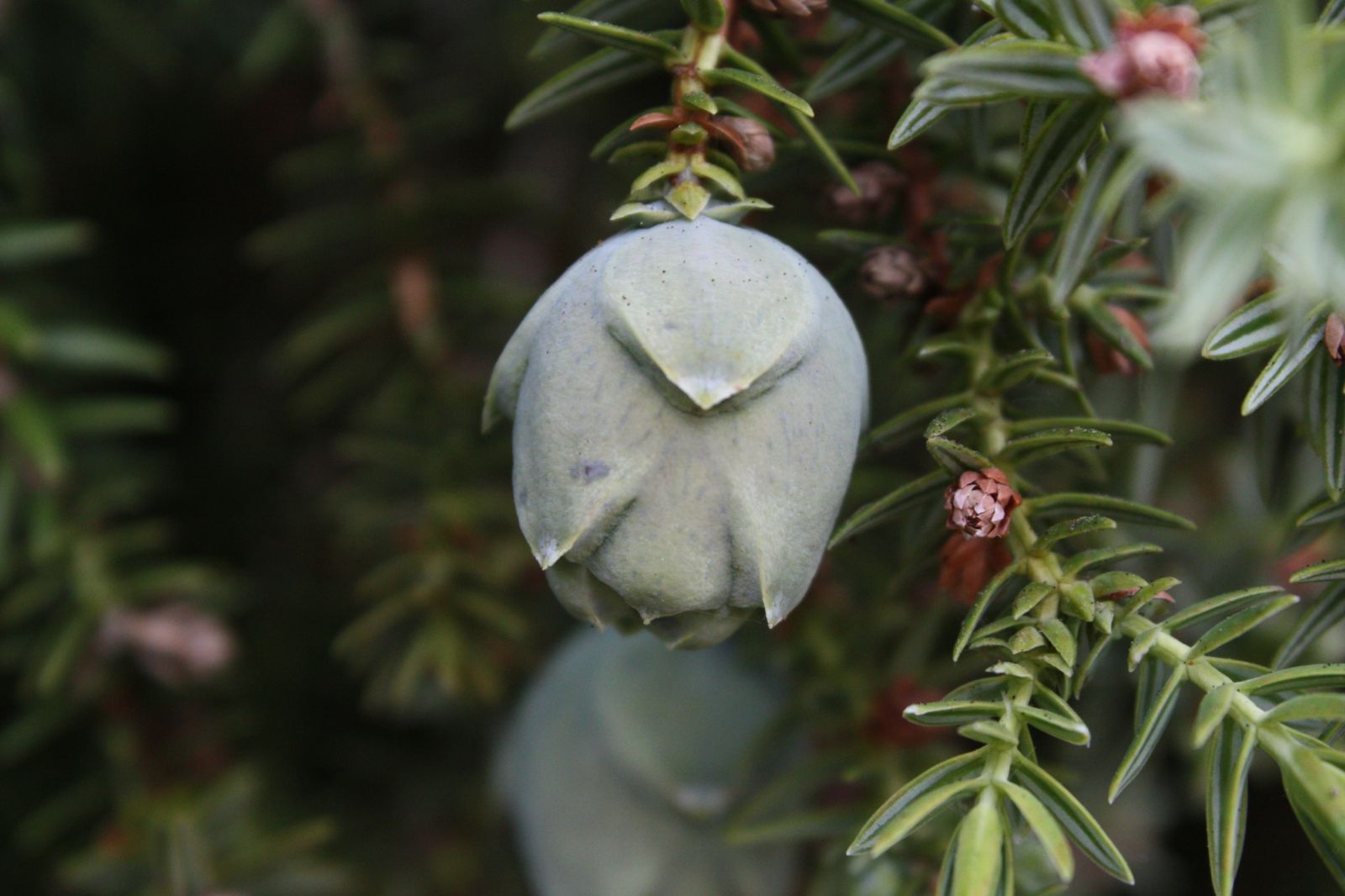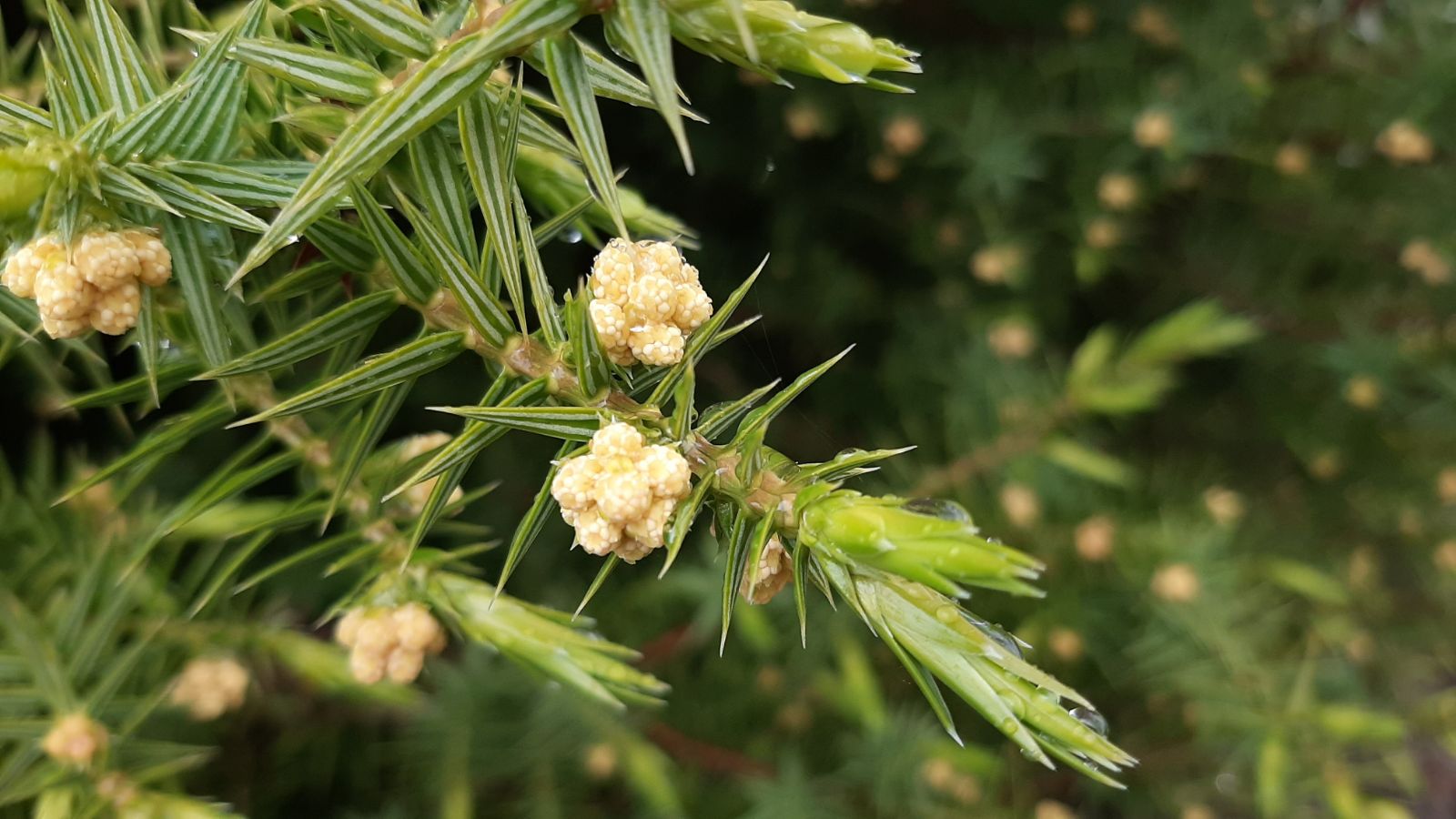Juniperus drupacea
Credits
Article from Bean's Trees and Shrubs Hardy in the British Isles
Recommended citation
'Juniperus drupacea' from the website Trees and Shrubs Online (treesandshrubsonline.
Genus
Synonyms
- Arceuthos drupacea (Labill.) Ant. & Kotschy
Other taxa in genus
- Juniperus bermudiana
- Juniperus cedrus
- Juniperus chinensis
- Juniperus communis
- Juniperus conferta
- Juniperus deppeana
- Juniperus excelsa
- Juniperus flaccida
- Juniperus foetidissima
- Juniperus formosana
- Juniperus horizontalis
- Juniperus komarovii
- Juniperus occidentalis
- Juniperus oxycedrus
- Juniperus phoenicea
- Juniperus pingii
- Juniperus procera
- Juniperus procumbens
- Juniperus recurva
- Juniperus rigida
- Juniperus sabina
- Juniperus saltuaria
- Juniperus scopulorum
- Juniperus semiglobosa
- Juniperus squamata
- Juniperus thurifera
- Juniperus tibetica
- Juniperus virginiana
- Juniperus wallichiana
A dioecious tree of pyramidal or columnar shape, 30 to 50 ft high in cultivation, 60 ft high in nature; young shoots three-cornered, and bearing the leaves in spreading whorls of three. Leaves uniformly awl-shaped, sharply and stiffly pointed, 1⁄2 to 7⁄8 in. long, 1⁄12 to 1⁄8 in. wide at the base, upper surface slightly concave, marked with two dull glaucous bands of stomata separated by a narrow green midrib, margins also green. The undersurface is wholly green, and has the midrib rather prominent. Fruits globose, 3⁄4 to 1 in. wide, brown with a glaucous covering.
Native of the mountains of Greece, Asia Minor, and Syria; introduced about the middle of last century. Although not now in the collection, it throve better than most junipers at Kew, and from its beauty and the distinctness of its shape, is well worth cultivation. It is easily distinguished by the size of its leaves, which (like the fruits) are the largest found among junipers. It differs from other species in the leaf-bases being attached to the stem, and extending downward to the next whorl (decurrent). Some other specimens recorded recently are: Wakehurst Place, Sussex, 42 × 21⁄4 ft (1964); Leonardslee, Sussex, 43 × 11⁄2 ft (1961); Batsford Park, Glos., 47 × 51⁄2 ft at 1 ft (1963).
From the Supplement (Vol. V)
specimens: Leonardslee, Sussex, 64 × 21⁄4 ft (1984); Sheffield Park, Sussex, Conifer Walk, 48 × 51⁄4 ft at 1 ft (1982); Batsford Park, Glos., 62 × 61⁄2 ft at 6 in. (1980); Westonbirt, Glos., Willesley Drive, 44 × 23⁄4 ft (1979).


